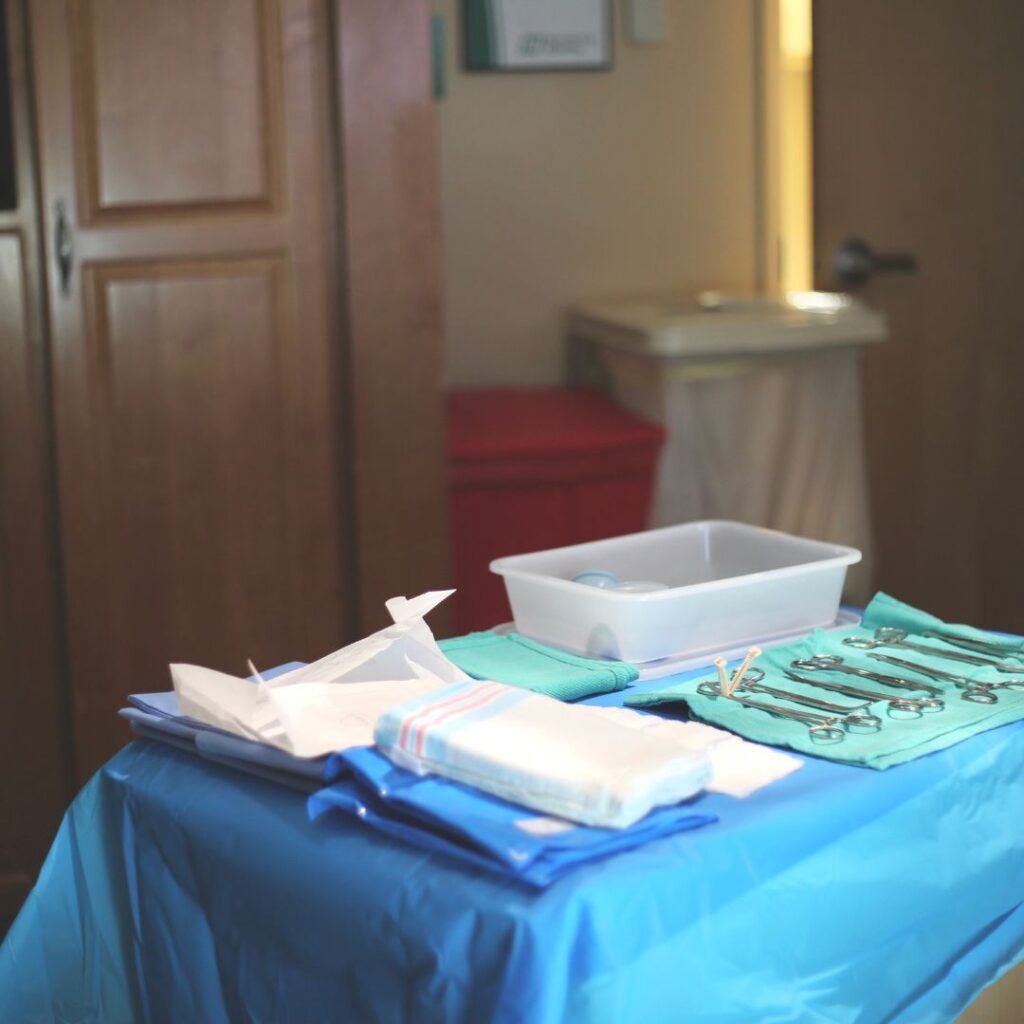Uncover the Perineum: What is Perineal Trauma?

One of the most common concerns we hear from clients (and strangers/friends) is about tearing during childbirth. It is a valid concern, as most first-time birthers will have some level of perineal trauma. There is a lot of conflicting information and advice on Facebook groups and in the comment section of TikTok. Today we begin our blog series about perineal tearing and recovery to hopefully help clear some of the confusion.
Let’s start by getting to know your body. Maybe you have a good idea of what the perineum is, maybe you have ZERO idea. Let’s dive into some definitions and descriptions!
What is your Perineum?
Many people believe that the perineum is just the tissue between your vagina and rectum. (Spoiler, it isn’t!) The perineum is actually the area between the anus and the genital organs, housing the urinary and genital ducts, as well as the rectum. Not just tissue!
What is Perineal trauma?
Perineal trauma simply refers to injuries or damage that occurs in the region between the anus and the genital organs (the perineum) during childbirth. This can involve tears or cuts in the tissues surrounding the vagina and vary in severity.
What are each of the types of tears or perineal trauma?
Maybe you’ve had a baby already and your provider said you had a second-degree tear. It seems like they’re content with that, but you have no idea what that really means. We aren’t going to get too technical today in our descriptions of each type of tear/perineal trauma, but let’s chat a little bit more about each type of tear. (Honestly, if there’s interest, we’ll do follow-up posts in this series diving more into these!)
1st degree- These tears are small, only affecting the skin itself.
2nd degree- These tears involve the skin and muscle of the perineum.
3rd degree- These tears extend into the muscle that surrounds the anus. There are also three additional sub-types depending on how much of the anal sphincter is involved in the injury: 3A, 3B, and 3C.
4th degree- These tears extend through the anal sphincter and into the mucous membrane.
(3rd and 4th-degree tears may also be referred to as OASIS- Obstetric Anal Sphincter Injuries.)
Clitoral- These usually only involve the skin layer of the clitoris.
Labial- These tears are in the skin and tissue that form the vulva.
Periurethral- These tears are around the urethra.
Cervical- These are tears in the cervix.
Episiotomy- These, like tears, are also rated with the same rating system as tears: 1st-4th

Whenever I mention to folks that there are many types of tears, people get a wide-eyed deer in-the-headlights look (ok, so maybe I should stop bringing it up at dinner parties? If I have to get about your spreadsheet, I can talk about the perineum, right? ;)) It really is fascinating all that women have to go through to bring life into the world and worth learning about!
Looking forward in the weeks to come, we’ll explore why someone might be more prone to perineal trauma/tearing, what things, if any, help decrease the chance of significant tears, and suggestions for healing! (And maybe we’ll revisit the blog from a few weeks ago about resuming intimacy!)
Let us know in the comments what was most surprising today in our “Uncover the Perineum: What is Perineal Trauma” post and what you want to learn more about!
If you’re a doula, a partner, or just want to learn MUCH more about supporting people with perineal trauma, I wrote a continuing education module that you can find on the Doula Learning Channel here.


